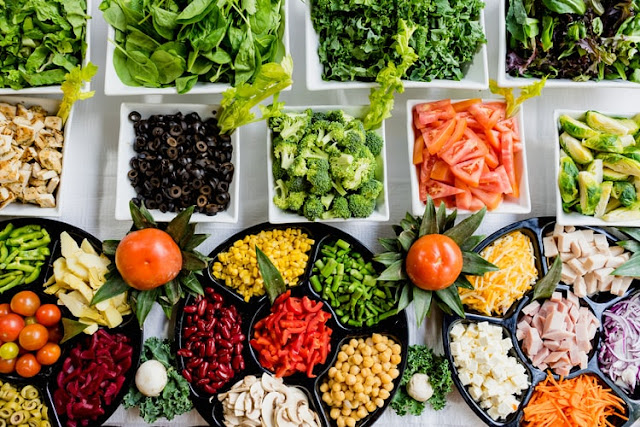2 Minute Read: "Retaining of Nutrients"
Image credit: Unsplash.com
To perform this vital duty, we should eat healthy food. In India, food has been revered since ancient times || अन्न हे पूर्णब्रम्ह ||
Food is a great magic pill that makes us strong inside, gives us a healthy mind, increases longevity, helps us to look fresh & energetic outside and fills our life with happiness & positivity. Most of us are familiar with the benefits of food in our lives, food preparation methods and the importance of nutrients. Let’s now understand the importance of retaining the nutrients in our food and how it could be achieved.
"To keep the body in a good health is our duty, otherwise we shall not make our mind strong and clear." - Lord Buddha.
To perform this vital duty, we should eat healthy food. In India, food has been revered since ancient times || अन्न हे पूर्णब्रम्ह ||
Food is a great magic pill that makes us strong inside, gives us a healthy mind, increases longevity, helps us to look fresh & energetic outside and fills our life with happiness & positivity. Most of us are familiar with the benefits of food in our lives, food preparation methods and the importance of nutrients. Let’s now understand the importance of retaining the nutrients in our food and how it could be achieved.
How to retain the nutrients?
Most of the nutrients in fruits and vegetables
are water-soluble. They occur near the peel or skin of the fruit or vegetable. Carbs
and proteins are not easily affected in the process of cooking. But vitamin C
and B are the nutrients that are easily destroyed in various cooking processes.
The cooking process involves many stages such as cutting, peeling, chopping, soaking, boiling, sprouting, fermentation, etc. Let's understand how nutrients are to be retained in these stages during the cooking process:
The cooking process involves many stages such as cutting, peeling, chopping, soaking, boiling, sprouting, fermentation, etc. Let's understand how nutrients are to be retained in these stages during the cooking process:
Cutting/Chopping:
Image credit: Unsplash.com
Cutting of vegetables and fruits exposes
more surface area of the food to air, microorganisms and enzyme actions.
- Do not expose the chopped vegetables or fruits to air for a long time.
- Wash vegetables before cutting and not after. This is to avoid loss of nutrients during washing.
- Cut vegetables preferably into medium size instead of small ones.
Peeling:
Image credit: Unsplash.com
Once the vegetable or fruits are peeled, the
moisture in them reaches to their surface. Due to this, peeled foods dry up and
shrink very quickly.
- Peel the vegetables or fruits only if it is necessary.
- Do not leave the food too long after peeling.
- Peel as thinly as possible. Most of the nutrients and vitamins are present near the peel. If you peel the vegetables or fruits too deep, the nutrients will be lost.
- Wash food before peeling and not after. This is to avoid loss of nutrients.
Soaking:
Image credit: Unsplash.com
Food absorbs water and becomes soft when it is
soaked in the water. It should be done as food can be more easily digested. In
order to avoid loss of water-soluble nutrients -
- Do not throw away soaking liquid/water, since water-soluble nutrients get leached out.
- Use this soaking water in preparation of soups, curries etc.
- Do not soak the beans, seeds or lentils for too long.
- Soak them in a small quantity of water just to cover the food.
Recommended Methods
Here are some highly recommended cooking
processes/methods that help to enhance the nutritional value of food -
Sprouting:
Image credit: Unsplash.com
Sprouting helps -
- To enrich Vitamin C and B complex in food.
- To improve the colour, texture and flavour of food.
- To make food easy to digest.
- Alfalfa green sprouts, mung bean sprouts, radish sprouts are some popular sprouts.
Fermentation:
Image credit: Unsplash.com
Fermentation helps -
- To enhance portion of the B complex.
- To improve the digestibility of proteins.
- To boost the immune system with probiotic-rich food.
- Yogurt, sourdough bread, idli, dosa, lassi, kombucha tea are some popular fermented food.







